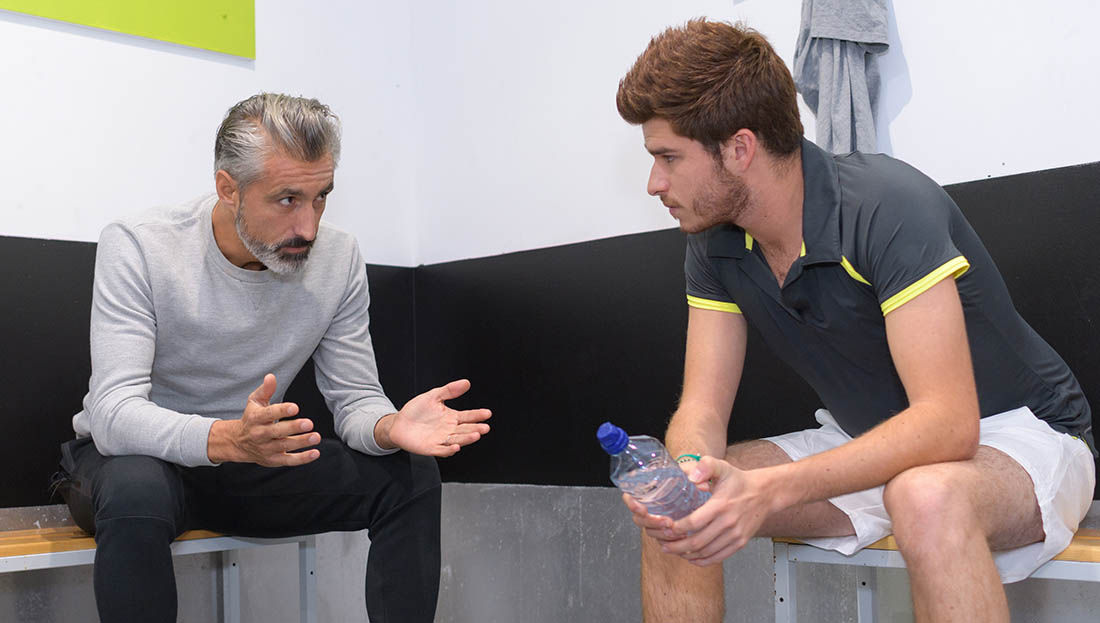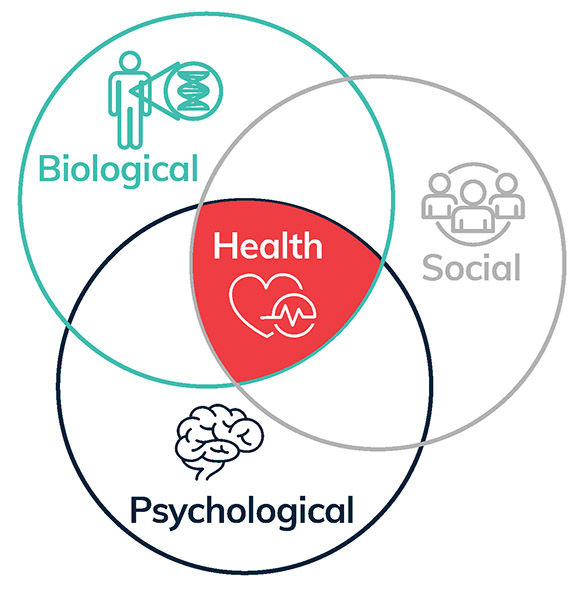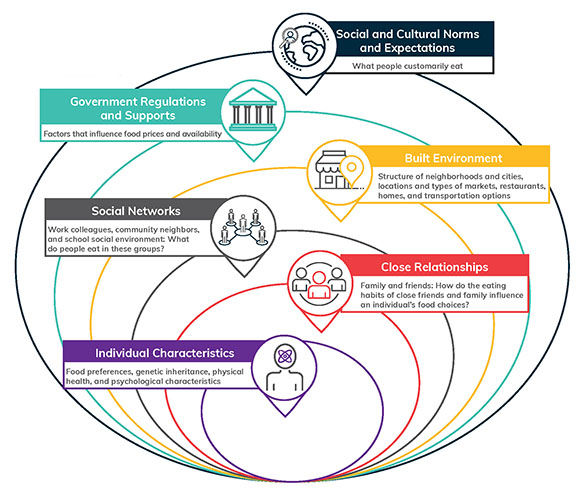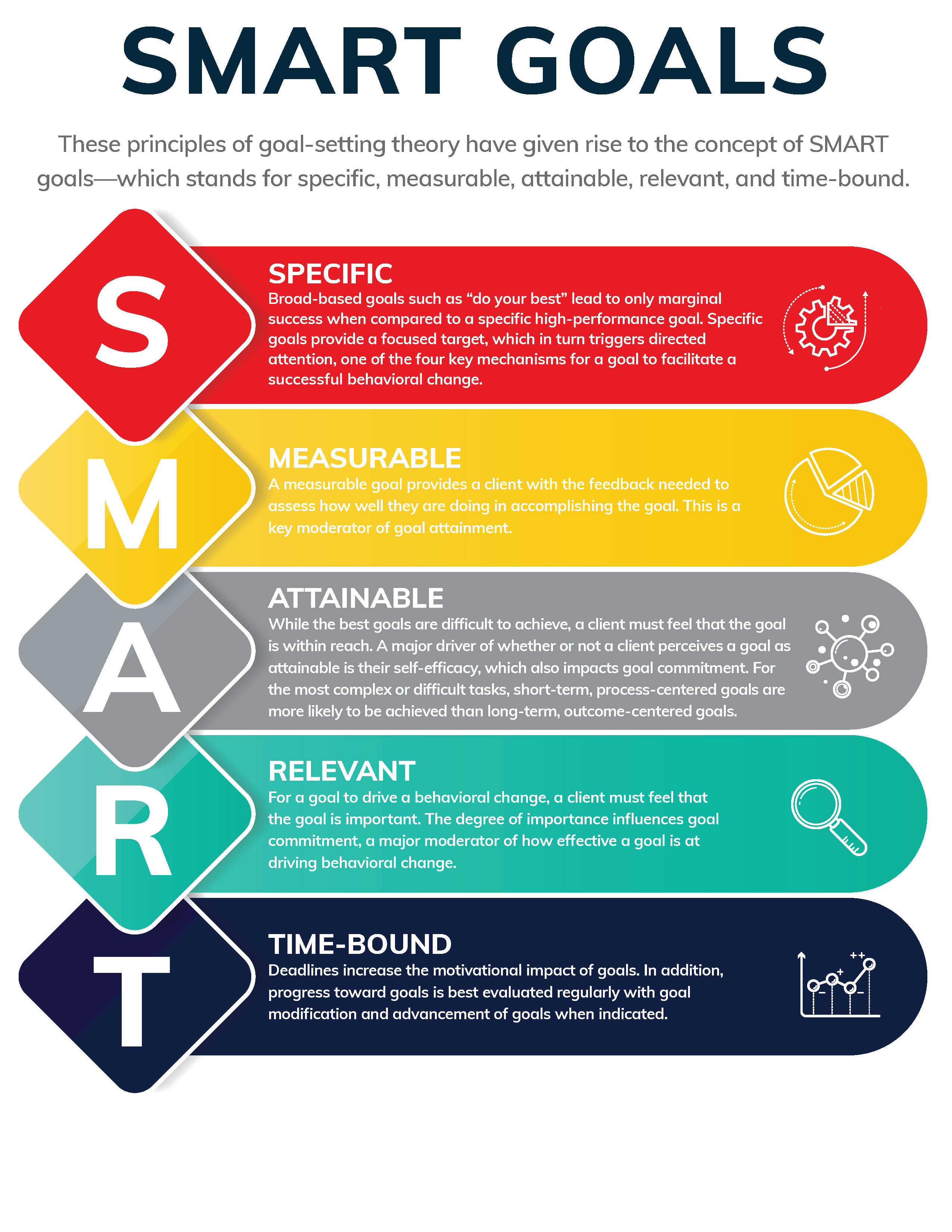
On the surface, change seems easy. After all, we regularly alter our daily schedules and cancel plans, revise to do lists and make U-turns. Many of these “changes” occur weekly and are perceived as commonplace. So, why is changing behavior so hard if humans are adaptable and already accustomed to making countless changes on the fly? The answer, of course, is not exactly a simple one.
Behavior change is a journey, and, like all journeys, is comprised of peaks and valleys. There are successes and setbacks. Changing a behavior—particularly a health-related habit—is not a simple, straightforward process. Individuals navigating change spend time questioning and second-guessing their choices. While changing a behavior requires disrupting an existing process or habit, it also requires adopting a new and unfamiliar process or habit. Behavior change cannot be reduced to “take your medication,” “get more exercise” or “drink more water.” Why? Because developing positive lifestyle-related behaviors requires effort and is subject to persistent derailment based on, among other things, a person’s stress levels, schedules, childcare needs, professional demands, temptations, travel plans and holidays.
The article examines the wide-ranging factors influencing behavior change and discusses how you can help your clients take a wider view of the unique factors of their lives and environments that have and continue to shape their choices and behaviors. We’ll also examine and address the challenges you and your clients may experience as you work to guide them effectively on this journey of change.
What Influences Behavior and Behavior Change
Humans are not unfamiliar with change; however, we often find ourselves uncomfortable with the process (or prospect) of forming a new habit. Behavior itself is complex and influenced by multiple factors.
One way of examining the complexity of the concept of behavior change is through the biopsychosocial model (Figure 1) commonly used by health psychologists. This model describes three specific influencing components related to health behavior: biological, social and psychological. This model is useful because it acknowledges that behavior is not about choices made in isolation; rather, it is about choices made consistently over time because of unique factors related to the individual.

Figure 1
The biopsychosocial model of health
The biopsychosocial model, however, is missing a critical piece: It doesn’t consider the individual’s environment. As a health and exercise professional, you have an opportunity to take a more in-depth, ecological approach to understanding behavior and how behavior might be changed.
Viewing behavior through this socioecological lens makes it clear that interpersonal, institutional/organizational, community and societal factors have a significant impact on behavior and the processes by which behavior is modified. Behavior, therefore, is not a function of the individual alone; it is a function of the environment in which people live and work.
The value of using an ecological approach (Figure 2) is that it can help you understand the supporting systems and barriers your clients may encounter along their journey to change. Let’s examine the interconnected components of this model in hopes of underscoring the truly complex, nonlinear nature of the behavior of our clients (and ourselves):
- Individual Characteristics: This includes food preferences, genetics, physical health status and psychology.
- Close Relationships: This section of the ecological model includes family and friends and involves examining how those individuals of influence affect your client’s habits. For example, how do the eating habits of close friends influence your clients’ food choices?
- Social Networks: This social aspect considers colleagues as well as neighbors. How do the choices of the people in these groups influence the client’s behavior?
- Built Environment: This examines how neighborhoods and cities are structured. Here, we also take note of the types of markets, restaurants, homes and transportation of a client's environment, as well as the general “walkability” of the community. I also encourage health and exercise professionals to take into consideration the general weather patterns of the client’s geographical location, as it has an impact on behavior.
- Government Regulations and Supports: These are factors that might influence food prices and availability. For example, a client in a rural or more isolated area may struggle to find fresh produce throughout the year.
- Social and Cultural Norms and Expectations: This encourages consideration of the cultural factors related to the client’s environment. What do people customarily eat? For example, do they consume a lot of fried foods or is the composition of meals more Mediterranean in nature?

Figure 2
The ecological perspective, with examples of how each level influences food choices
While you work to deepen your understanding of the complexity of behavior, examine your own health behaviors using an ecological perspective. What supports do you have in place that help you? What barriers do you encounter? What benefits (or downsides) are there to the design of your community? Do you have fresh produce available? What’s the weather like and how do your eating habits, mental health and physical-activity patterns change in response to changes in weather, or do they? Taking a close, introspective examination of ourselves brings us closer to the level of our clients and provides practice for being able to take a big picture view of behavior.
As you can see, behavior, at its very core, cannot be reduced to choices. It is far more intricate and complex, which requires a deep level of understanding to best guide clients toward their goals. Further, because behavior is influenced by numerous factors, it’s important to approach conversations with clients with empathy while seeking to understand the client’s motivation and respecting their autonomy.
Challenges With Change
Just as we recognize the complex nature of behavior and the process of changing behavior, particularly health behaviors, we must also honor the challenges associated with change. Let’s examine and address the challenges you and your clients may experience as you work to guide them effectively on this journey of change.
For the Client
A client who wants to make a change not only has to be ready, but they must overcome any ambivalence they may feel toward making that change (barriers versus the benefits). It is important to remember that this is a nonlinear process, so it’s likely for an individual to move between different stages until reaching maintenance. Even at a maintenance stage, avoid assuming change is permanent as life events can always move a person back to older, less-healthy habits.
Here are some challenges clients may face along their journey of change:
- Unclear direction or loosely defined goals. Often, a client will come to you with a loosely identified goal or a goal that isn’t personally relevant that would provide a sense of motivation. Other times, the goal is too lofty or unrealistic (losing 25 pounds in three weeks, for example). You can assist clients by using a SMART (specific, measurable, attainable, relevant and time-bound; see Figure 3) goal-setting approach and applying the principles of the GROW (goal, reality, options and will) model. The GROW model uses a collaborative, guided discovery process in which health coaches ask open-ended questions to stimulate positive, creative thinking in a positive psychology context. (ACE Certified Professionals can access this exclusive content that describes the GROW model in greater detail and features sample questions to help clients create meaningful goals.)

Figure 3
SMART Goals
- Too many goals that focus on products (outcomes) versus process (behaviors). A significant number of clients come to us because they have multiple broad product goals such as “losing weight,” “toning up” or “getting fit.” None of these identify the motivation behind the goal (e.g., to sleep better, have more confidence, improve energy, improve longevity). Here is where a SMART goal-setting approach can help give more structure to a goal and identify the behaviors or process goals (e.g., portion control, adding fruits and veggies, increasing water intake, exercising five days a week) that when adhered to will ultimately result in the broader goal. When faced with too many choices in direction, the thought of changing can feel overwhelming. Helping your client narrow their focus to help determine what to work on first can help place the emphasis on the behaviors that will lead to lasting behavior change.
- A negative focus (giving up versus gaining). It seems to be a natural reflex for individuals to focus on the barriers. This requires a mindset shift. “Behavior change is difficult because individuals typically focus on what they must give up as opposed to what they will gain from making lifestyle changes that will promote optimal health,” explains Suzanne Stringer, MHS, ACE Certified Health Coach and Personal Trainer. “Health coaches can help guide clients from point A (ambiguity) to point B (behavior change) by inviting them to explore a growth mindset shifting their perspective to view challenges as opportunities for growth.” As a professional, explains Stringer, you have a unique opportunity to nurture a growth mindset that will enable your clients to be more self-compassionate, as they no longer view setbacks as failures and instead believe in their ability to learn from these experiences.
- Missing social support or social influences that do not support positive change. Social support is a significant predictor of success. Clients may come to you without having identified social support structures or having shared that the social support they have is less than ideal. As a professional, you can help connect clients with other individuals and resources in your network to bolster their support and improve their chances of achieving their goals.
Of course, other challenges that are unique to each individual client may crop up and threaten progress, but this list represents common challenges observed in the field.
For the Health and Exercise Professional
Your clients aren’t the only ones who might face challenges. As a health and exercise professional, it is important to take the time to evaluate your own strengths and processes to best serve your clients. Here are four common traps health and exercise professionals face when attempting to ignite change:
- Not providing consistent feedback related to client progress. Have you ever completed a massive project and received no feedback? It’s frustrating and demotivating and ultimately makes you feel that your work was not valued or reviewed. The same is true for our clients. Feedback is crucial and clients want to know they are on the right track, so don’t overlook the importance of acknowledging and validating your clients’ efforts.
- Underdeveloped motivational interviewing (MI) skills. While MI was originally developed and used in addiction counseling, it has great utility in the health coaching and exercise professional space. First, it is a client-centered conversational tool that explores the aspects of a client’s ambivalence to, or concerns with, change. Using this approach allows you to “dig deeper” and provide motivation, support and encouragement rather than simply “directing” a client to take specific actions to change their behavior. As a health and exercise professional, it’s highly valuable for you to invest time and energy in learning this important approach so you can most effectively guide your clients toward change.
- Falling into the “expert trap.” Although you may be an expert in your field, when coaching behavior change, your job is not to direct and inform but to encourage and guide. The “expert trap” is where the professional portrays themself as having an answer for everything and gives the client a specific directed path to follow (a “do this” approach). As part of this trap, professionals also wrestle with avoiding the “righting reflex,” which is a professional’s inherent eagerness to provide advice or offer specific solutions (ACE, 2019). This tendency is counterproductive; the more you seek to direct change, the more your client will resist it. To avoid this, recognize and respect that the client is an expert on their life by posing questions instead of solutions.
- A lack of curiosity. When coaching a client toward change, it is your job to listen and seek to understand. You should be asking far more questions than you are answering. Be curious about the client’s life, their influences, challenges and root motivations for change. This can help you develop a deeper understanding or your client while also promoting the development of growth. Coaching change starts with a meaningful and guided conversation in which the client feels safe and free. “Empathizing with clients by asking them to share their concerns and feelings will help them feel supported as they reflect on challenges and discuss potential solutions for navigating those challenges,” says Stringer. “Through engaging conversations that include powerful questioning and reflections, coaches can help clients develop a growth mindset that boosts their self-efficacy [and] empowers them to make healthy choices that will improve the quality of their life.”
The ultimate take-home message is that health behavior and the act of changing behaviors is both a challenge (for both clients and professionals) and a unique journey for each person—and it’s important to recognize it as such. As a health and exercise professional, you can best serve your clients by first acknowledging the complexity of change and validating that it is hard to do—and not just for the clients who seek our counsel, but for all people. To be an effective coach of behavior change, you also must develop new habits and new perspectives. Whether you’re working to change a behavior or trying to learn how to best coach it, be encouraged by the fact that these challenges are not only common, but also conquerable.





 by
by 





